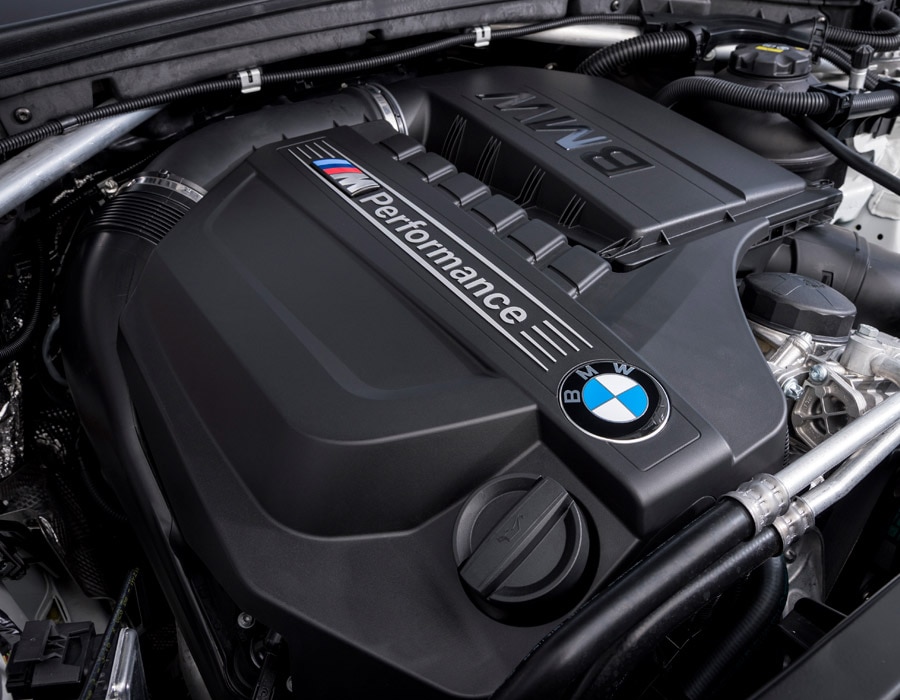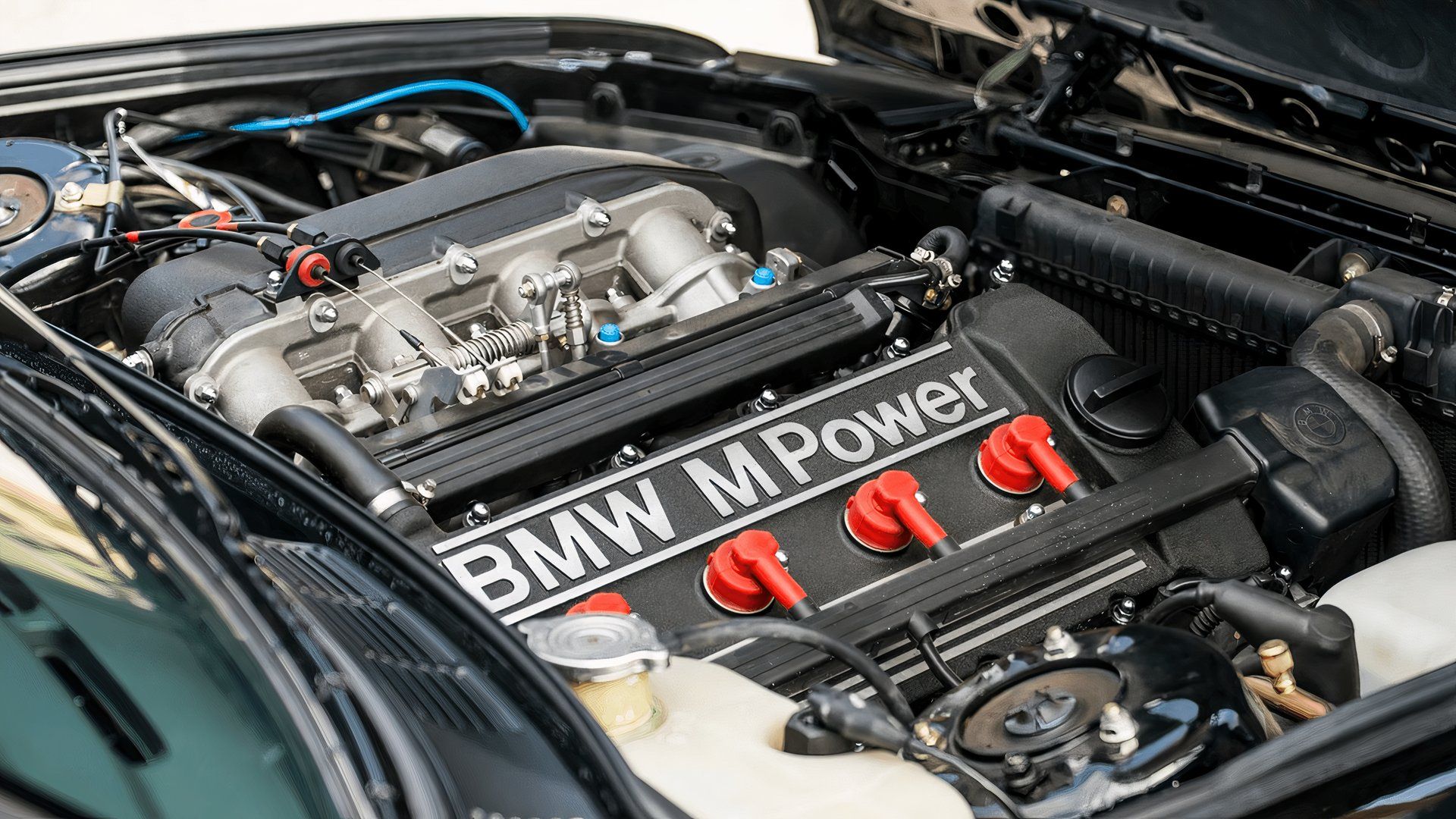A Beginner's Guide to Picking the Right BMW Engine for Your Needs
A Beginner's Guide to Picking the Right BMW Engine for Your Needs
Blog Article
Discovering the Evolution of Combustion Engines in Modern Transportation Systems
As we browse the landscape of modern-day transportation, the evolution of burning engines stands as a testimony to human ingenuity and engineering expertise. The interplay of background, technology, and ecological worries in forming the trajectory of burning engines develops a narrative that is both compelling and insightful.
Very Early Beginnings of Combustion Engines
How did the idea of burning engines very first emerge in the early stages of transport development? The origins of combustion engines can be mapped back to the 17th century when the concepts of interior burning were very first discovered.
The advancement moment included the innovation of the initial effective gasoline-powered engine by Karl Benz in 1885 - bmw engine. This engine led the way for the growth of the modern automobile, changing transport systems worldwide. Succeeding innovations by Nikolaus Otto and Gottlieb Daimler even more improved combustion engine innovation, resulting in the mass manufacturing of cars and the fast development of the transportation market
These very early combustion engines were identified by their simplicity and effectiveness, laying the structure for the complicated and powerful engines utilized in modern-day transportation systems. The advancement of burning engines has been instrumental fit the means we take a trip and transfer goods, marking a substantial turning point in the history of transport development.
Transition to Internal Combustion Modern Technology
The shift to interior combustion modern technology marked an essential shift in the evolution of transport systems. This shift started in the late 19th century, with developers like Nikolaus Otto and Gottlieb Daimler establishing the initial successful inner burning engines. These engines revolutionized transport by using a more reliable and effective option to heavy steam engines and electric motors.
One of the vital benefits of inner burning engines was their ability to be scaled down to match cars, bring about the development of motorbikes and vehicles. This change from cumbersome, fixed engines to small, mobile ones led the means for the modern transportation systems we see today.
The transition to internal combustion modern technology also spurred innovations in gas innovation, bring about the growth of fuel and diesel as key gas resources for cars. This change not only made transport extra accessible to the masses however likewise laid the foundation for the oil and gas industry to end up being essential to international economic situations.
Influence of Combustion Engines on Transportation
The adoption of burning engines in transport systems militarized a profound shift in the performance and rate of global mobility. Combustion engines changed transportation by offering a trusted and flexible resource of power for different vehicles, consisting of cars and trucks, planes, vehicles, and ships. This innovation substantially enhanced the capability for products and people to move over cross countries in shorter time frameworks, leading to boosted connectivity in between regions and countries.
In addition, the prevalent use of burning engines has actually had a substantial effect on economic growth. The capacity to carry products effectively has actually stimulated trade and business, permitting businesses to increase their markets and get to consumers worldwide. This has facilitated economic growth and globalization, as products can now be carried faster and in bigger amounts than ever previously.
Nonetheless, the environmental impact of burning engines can not be overlooked. The combustion of nonrenewable fuel sources has actually led to air contamination and greenhouse gas exhausts, adding to environment change and presenting wellness threats to populaces. bmw engine. As a result, there is an expanding focus on establishing alternative propulsion innovations to mitigate these unfavorable results and produce a much more lasting future for transportation
Innovations in Burning Engine Design
Many developments in burning engine layout have driven the advancement of transportation systems over the years. One noteworthy advancement is the development of turbocharged engines, which make use of exhaust gases to drive a wind turbine that compresses incoming air, enabling for even more fuel to be burnt, causing enhanced power output without a considerable rise in engine dimension. Furthermore, straight injection innovation has actually enhanced gas performance and efficiency by specifically controlling the quantity and timing of gas infused right into the burning chamber. Variable valve timing systems have additionally revolutionized engine layout by enhancing air movement at various engine speeds, improving both power and performance. One more significant innovation is the assimilation of lightweight materials such as carbon fiber and light weight aluminum alloys, reducing general engine weight and enhancing car gas economic climate. In addition, innovations in computer-aided design have made it possible for designers to optimize engine performance and effectiveness with simulations before physical models are constructed, saving time and sources in the development procedure. These advancements jointly add to the continuous renovation of burning engines in contemporary transport systems.
Future Fads in Combustion Engine Growth
With innovation improvements driving continuous innovation, the future of burning engine growth is poised to reinvent transport article systems around the world. Among the key trends in combustion engine advancement is the press in the direction of greater effectiveness and reduced emissions. Makers are investing greatly in r & d to improve engine efficiency while meeting rigid environmental guidelines. This consists of the combination of advanced fuel injection systems, improved turbocharging methods, and making use of lightweight products to enhance fuel usage and decrease carbon exhausts.
An additional prominent pattern is the fostering of hybrid innovations in combustion engines. Hybrid engines combine typical combustion innovation with electrical power, supplying Visit This Link enhanced gas effectiveness and lower emissions. As the vehicle industry shifts towards electrification, crossbreed combustion engines are seen as a transitional remedy that bridges the void in between conventional lorries and fully electrical ones.
Additionally, the assimilation of wise innovations, such as fabricated intelligence and information analytics, is expected to play a substantial duty in the future of burning engine growth. These innovations can optimize engine efficiency in real-time, leading to a lot more effective burning procedures and boosted overall car performance. Welcoming these future fads will not only drive technology in combustion engine development yet additionally add to a much more lasting and eco-friendly transport community.

Conclusion
In final thought, the evolution of burning engines in modern-day transportation systems has actually been marked by significant improvements in technology and style. From the early starts of combustion engines to the transition to interior burning technology, these engines have had a profound effect on transport.
The roots of burning engines can be traced back to the 17th century when the concepts of interior combustion were very first discovered. These engines transformed transportation by supplying an extra powerful and reliable option to heavy steam engines and electric motors.

Report this page